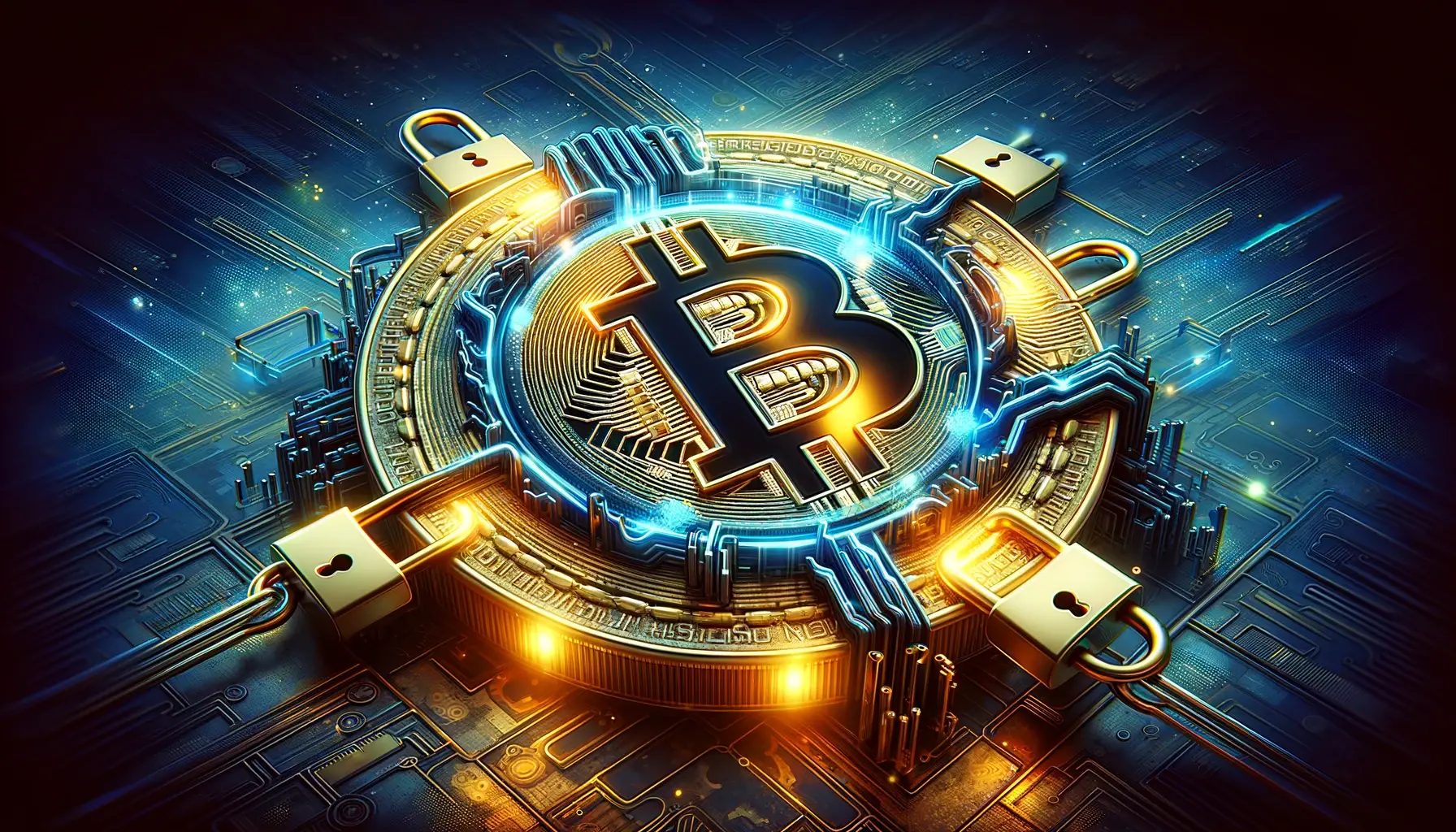CryptoGuard: Exploring Bitcoin’s Role in Revolutionizing Digital Rights Management (DRM)

In today’s digital age, where information flows freely and content is easily shareable, Digital Rights Management (DRM) plays a pivotal role in safeguarding intellectual property. DRM refers to the technologies and strategies employed to protect the rights of content creators and owners in the digital realm. This integration of cryptocurrency with DRM systems could provide an added layer of security and efficiency. However, traditional DRM systems have often faced criticism for their limitations and vulnerabilities. This article delves into the potential of Bitcoin to revolutionize DRM and addresses the various aspects of this transformative concept. For high quality investment education, explore Trade ReoPro where you will be connected with an expert firm to level up your skills of investing.
Understanding Digital Rights Management (DRM)
Definition and Objectives of DRM
DRM encompasses a set of technologies and protocols designed to control access to digital content, prevent unauthorized copying, and protect intellectual property rights. Its primary objectives include maintaining the integrity and confidentiality of digital content, managing access rights, and ensuring compliance with licensing agreements.
Historical Evolution of DRM
Over the years, DRM has evolved from simple copy protection mechanisms to sophisticated encryption and licensing systems. Early DRM solutions used techniques like copy protection keys and hardware dongles. However, as digital content expanded and diversified, DRM solutions became more complex.
Challenges and Criticisms of Traditional DRM Systems
Traditional DRM systems have faced significant challenges, including compatibility issues, user inconvenience, and the risk of content being pirated despite protection measures. These shortcomings have led to the exploration of alternative approaches, including the integration of blockchain technology and Bitcoin.
Bitcoin’s Role in DRM Transformation
Exploring the Fundamentals of Bitcoin
Bitcoin is a decentralized digital currency that relies on blockchain technology. Blockchain is a distributed ledger that records transactions in a secure and transparent manner. This technology underpins Bitcoin’s ability to provide trust and security.
The Decentralized Nature of Blockchain Technology
Blockchain operates without a central authority, making it resistant to censorship and tampering. This decentralized nature aligns with the core principles of DRM, which aim to reduce reliance on central intermediaries.
Smart Contracts: Enabling Trust and Automation
Smart contracts, programmable self-executing agreements, can be integrated into blockchain systems like Bitcoin. These contracts enable automated execution of DRM rules and licensing agreements, enhancing trust and transparency.
Immutable Records and Transparency in DRM
Blockchain’s immutability ensures that once data is recorded, it cannot be altered or deleted. This feature can be leveraged to create unforgeable records of content ownership and licensing agreements, providing transparency and accountability in DRM.
The Benefits of Integrating Bitcoin into DRM
Enhanced Security and Protection of Digital Content
By utilizing Bitcoin’s blockchain, DRM systems can offer enhanced security measures, making it exceedingly difficult for unauthorized parties to manipulate or pirate digital content. Immutable records and cryptographic techniques ensure content remains protected.
Eliminating Single Points of Failure
Traditional DRM systems often rely on centralized servers or authentication servers, which are vulnerable to attacks and downtime. Bitcoin’s decentralized nature eliminates single points of failure, reducing the risk of service interruptions.
Reducing Piracy and Unauthorized Distribution
Blockchain-based DRM can significantly reduce piracy by restricting access to authorized users and preventing the unauthorized distribution of content. Smart contracts can enforce licensing agreements and ensure content is only accessible to legitimate users.
Simplifying Content Licensing and Royalties
Bitcoin’s programmability allows for the creation of automated royalty payment systems. Content creators and distributors can receive royalties in real-time through smart contracts, simplifying the complex process of content licensing and revenue sharing.
Challenges and Concerns
Scalability Issues
One of the primary challenges of implementing blockchain-based DRM is scalability. Bitcoin’s network has limitations in terms of transaction speed and capacity, which need to be addressed to handle the volume of DRM-related transactions efficiently.
Regulatory and Legal Hurdles
The regulatory landscape surrounding blockchain and cryptocurrencies is continually evolving. DRM systems built on blockchain may face legal challenges and require compliance with international copyright laws.
Adoption Barriers and User Education
Widespread adoption of blockchain-based DRM solutions will require educating both content creators and consumers about the benefits and operation of these systems.
Privacy and Data Protection Considerations
Blockchain’s transparency can raise concerns about user privacy and data protection. Striking the right balance between transparency and privacy will be crucial for successful implementation.
The Future of CryptoGuard and DRM
Potential Advancements in Blockchain Technology
Continued advancements in blockchain technology, such as the development of faster and more scalable networks, could address current limitations and open new possibilities for DRM.
Industry Partnerships and Collaborations
Collaborations between blockchain startups, content creators, and existing DRM providers will be essential in driving the adoption of CryptoGuard and ensuring compatibility with existing content ecosystems.
Adoption Trends and Market Implications
As more industries recognize the potential benefits of blockchain-based DRM, we can expect to see a shift towards decentralized content protection and distribution models.
Ethical Considerations and the Role of Open-Source Solutions
Ensuring that blockchain-based DRM systems are ethical, transparent, and accessible to all will be crucial. Open-source solutions can promote trust and inclusivity in the digital rights management landscape.
Conclusion
In conclusion, Bitcoin’s integration into Digital Rights Management has the potential to revolutionize the protection and distribution of digital content. With enhanced security, reduced piracy, and simplified licensing, CryptoGuard offers a promising future for content creators and consumers alike. However, challenges such as scalability and regulatory hurdles must be overcome to fully realize the transformative power of blockchain-based DRM. As technology continues to advance and industries adapt, the future of digital rights management with Bitcoin looks promising.
